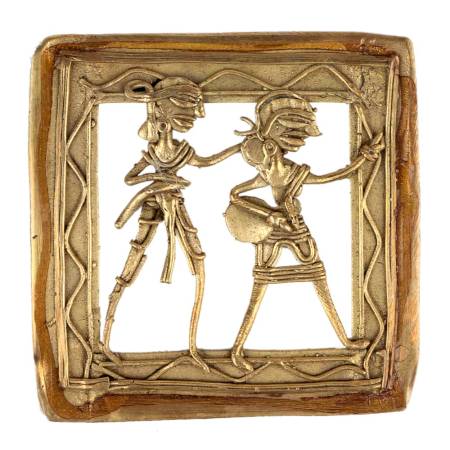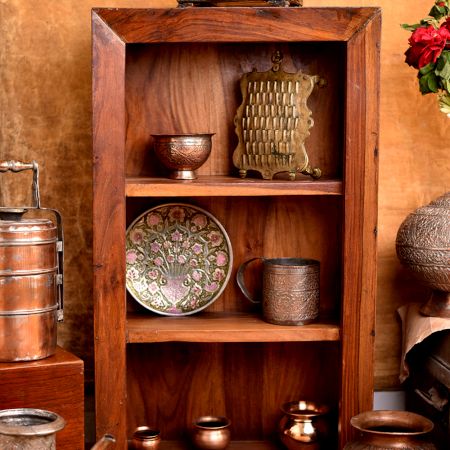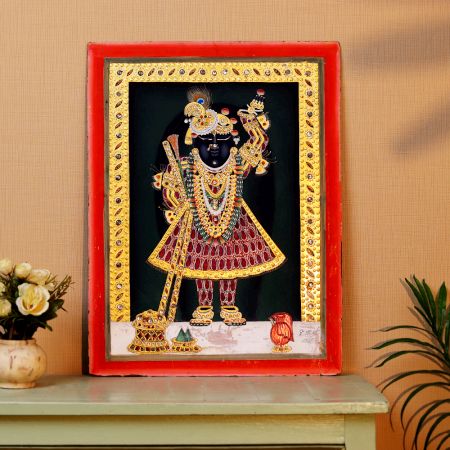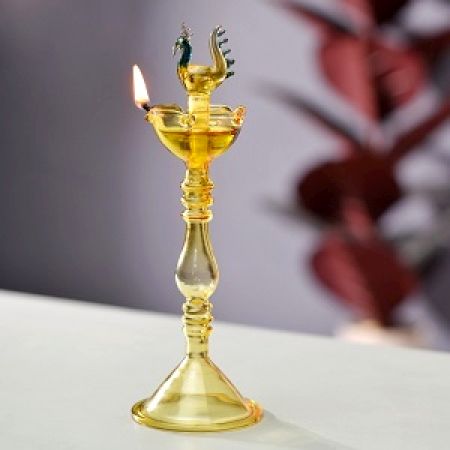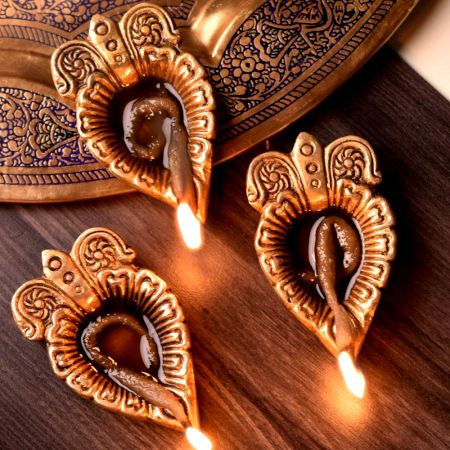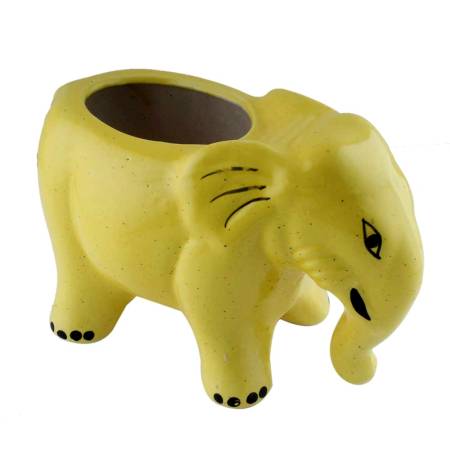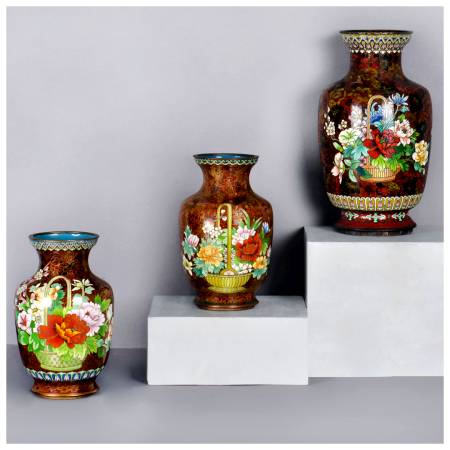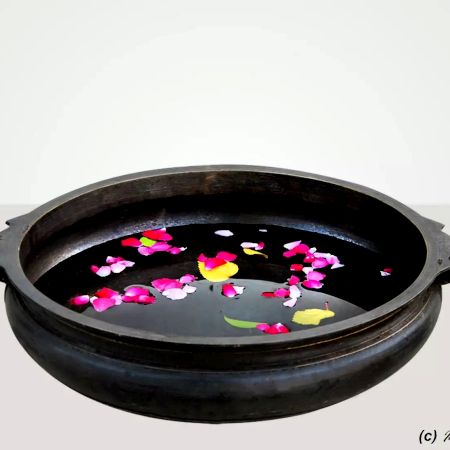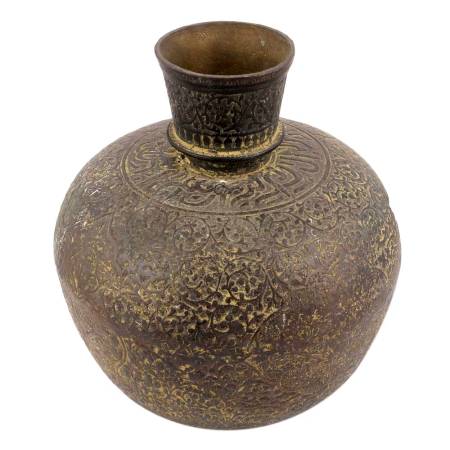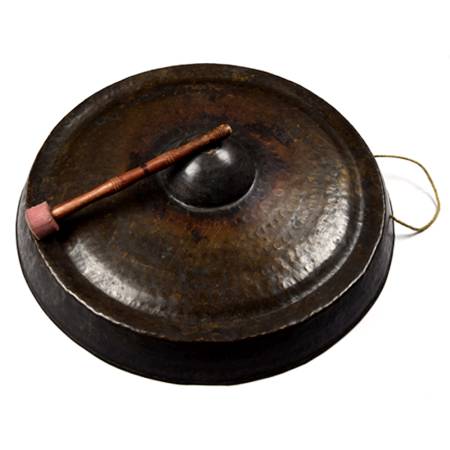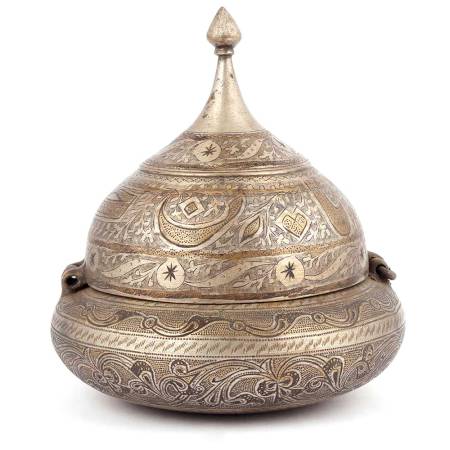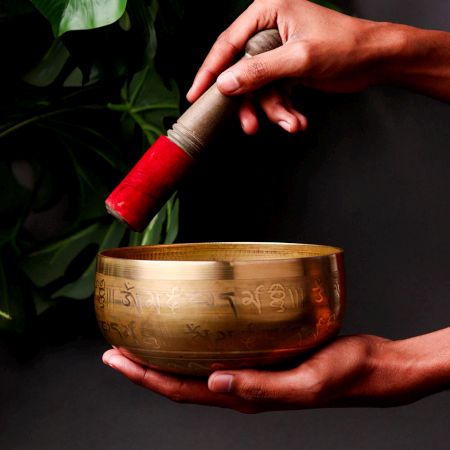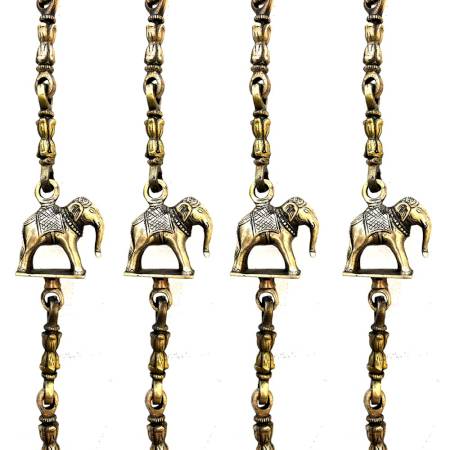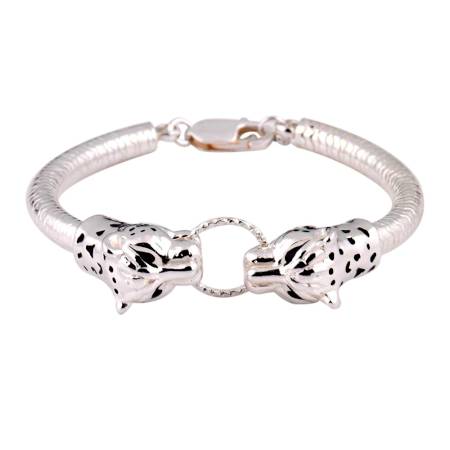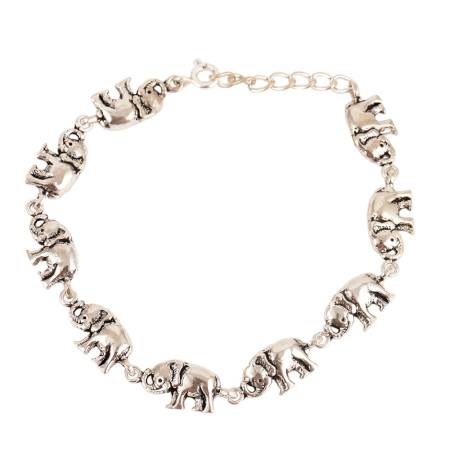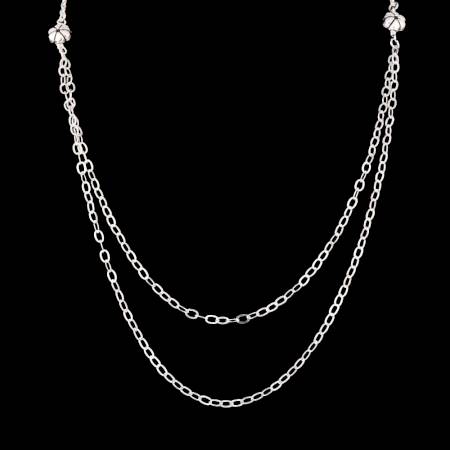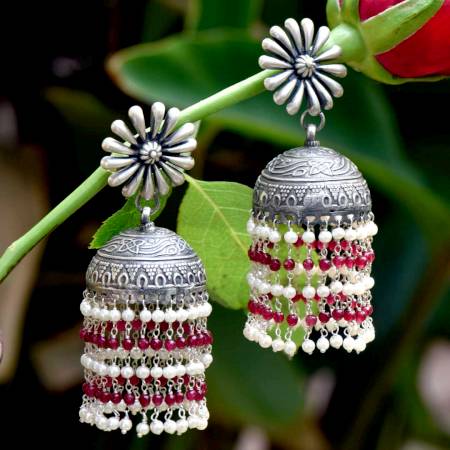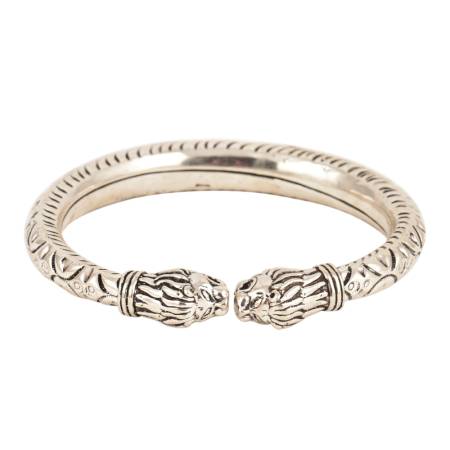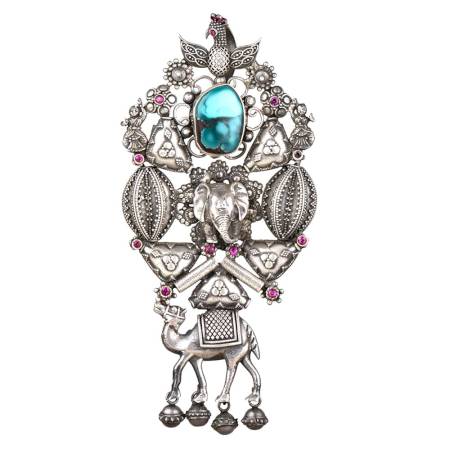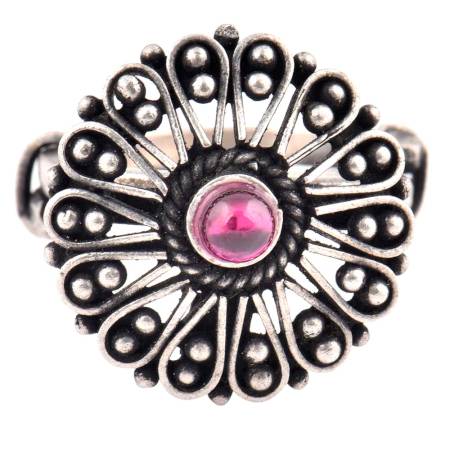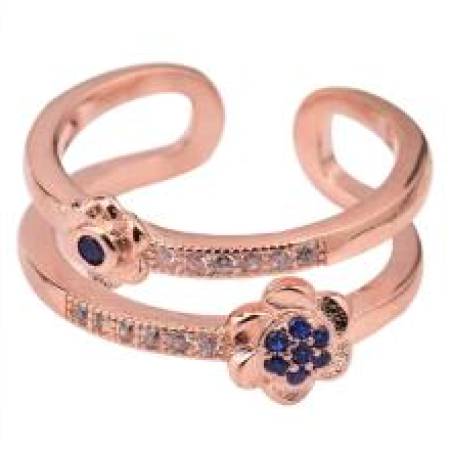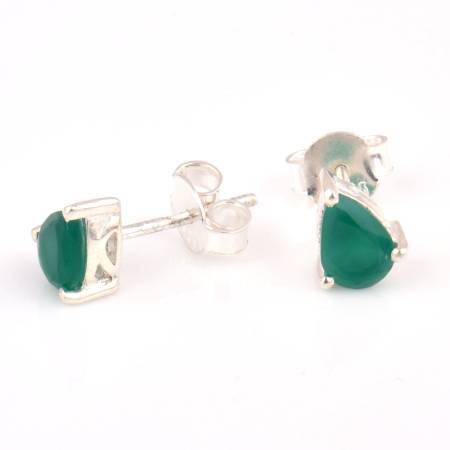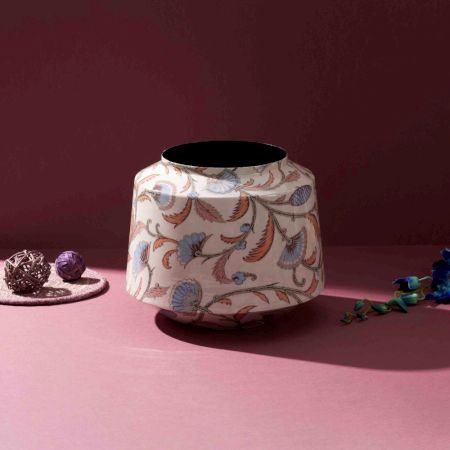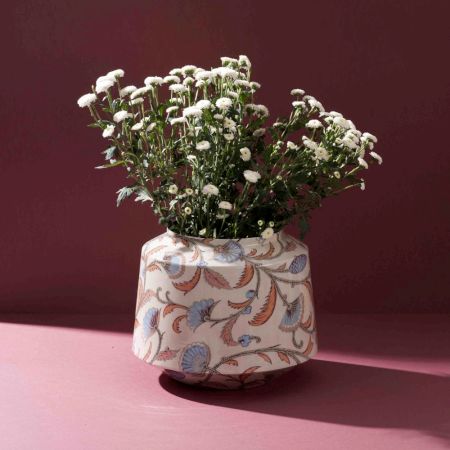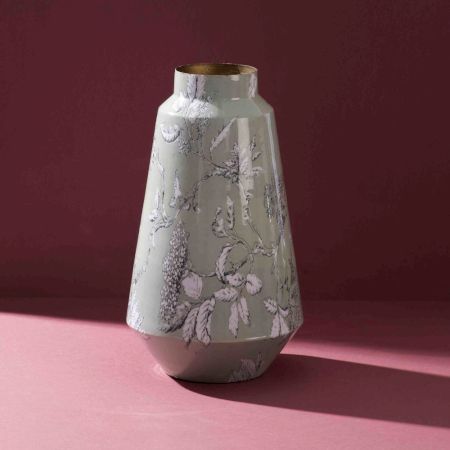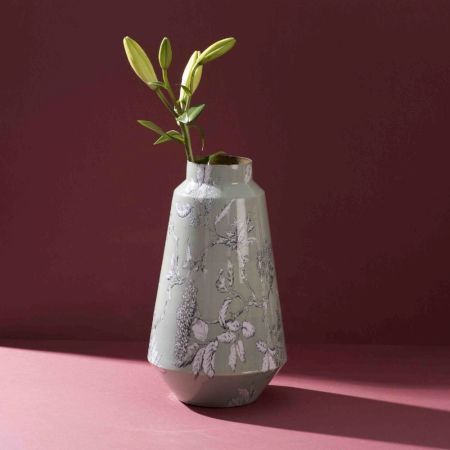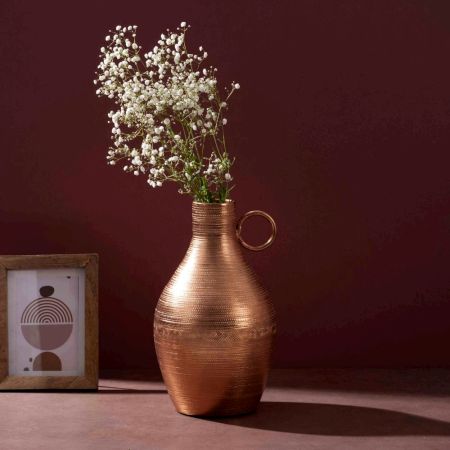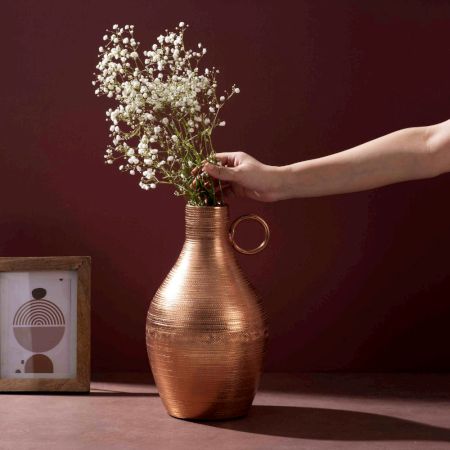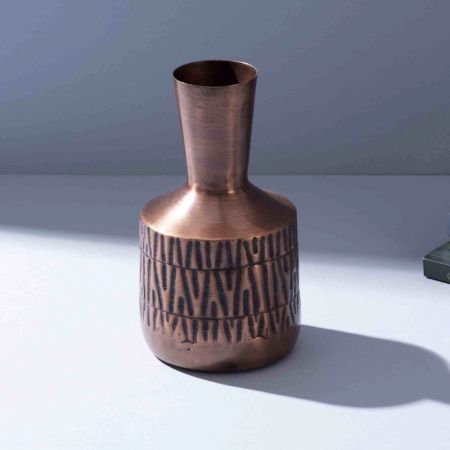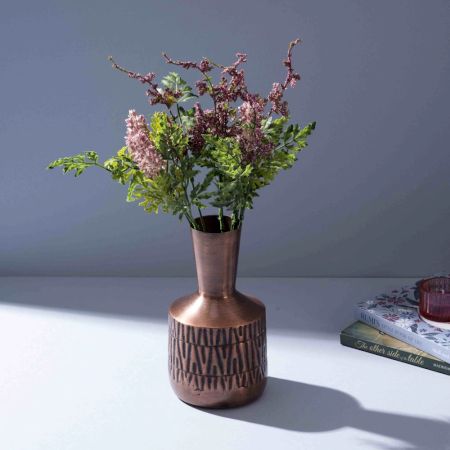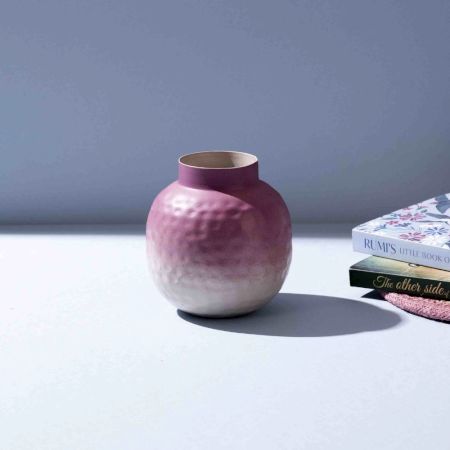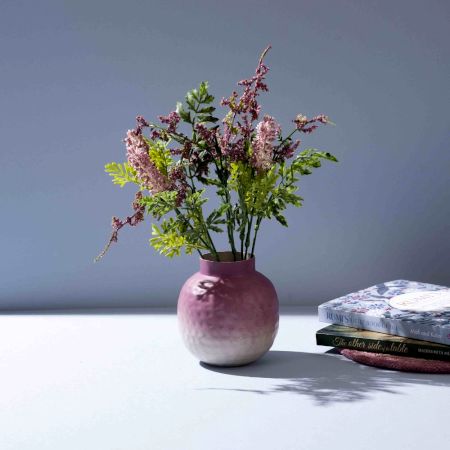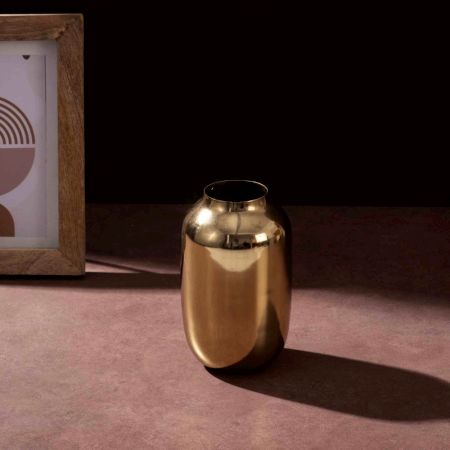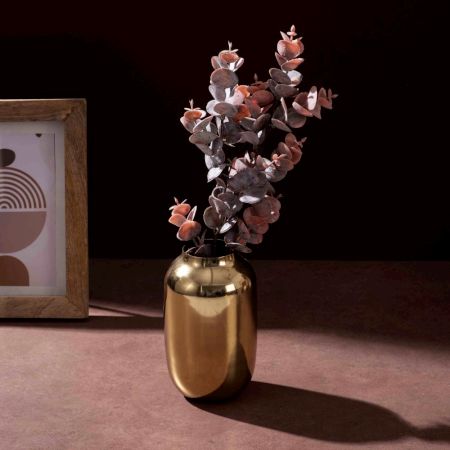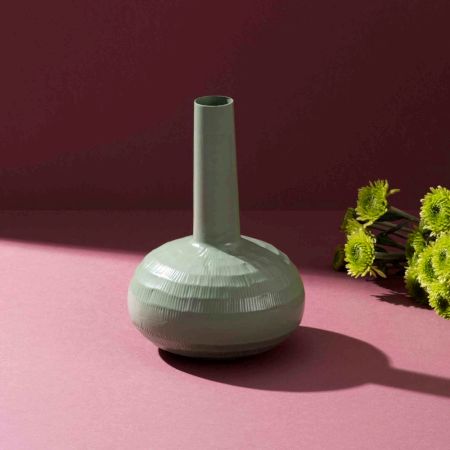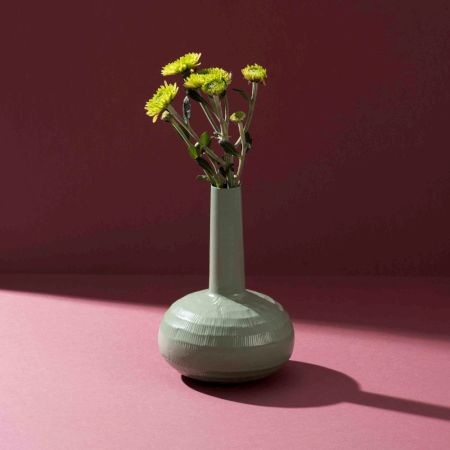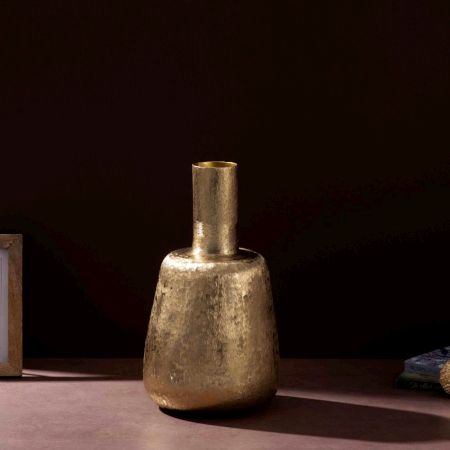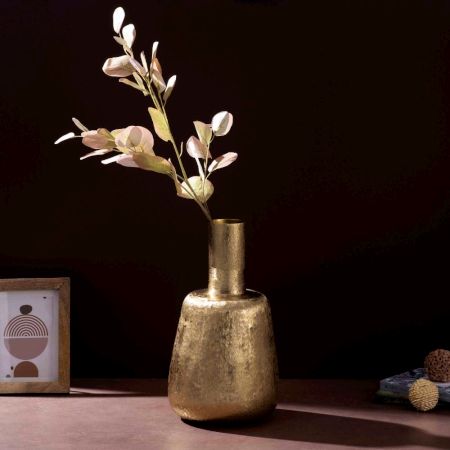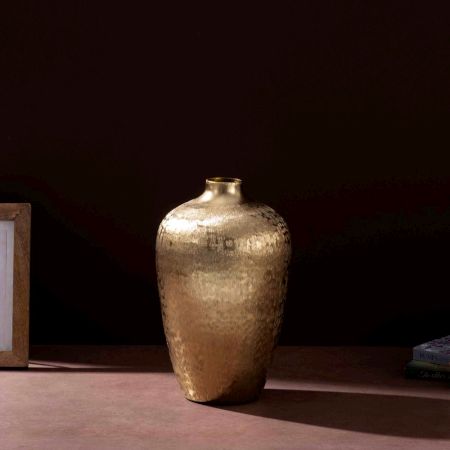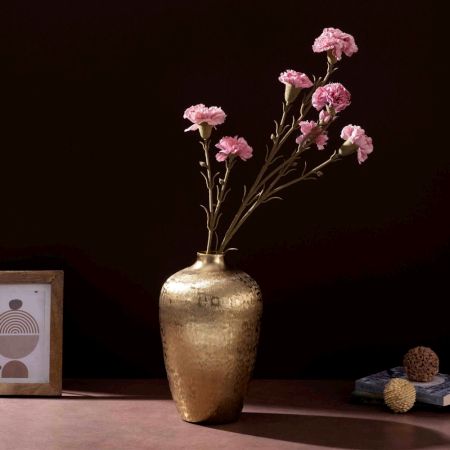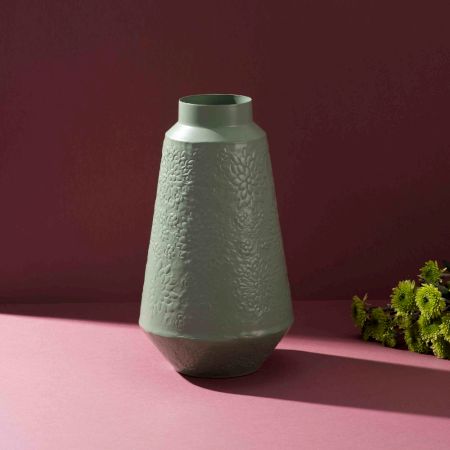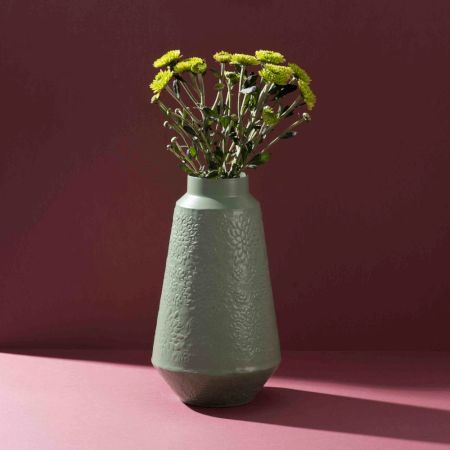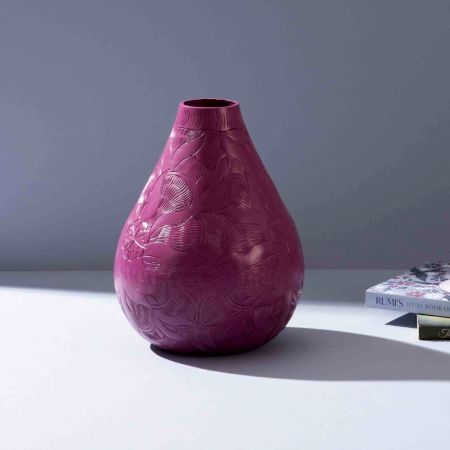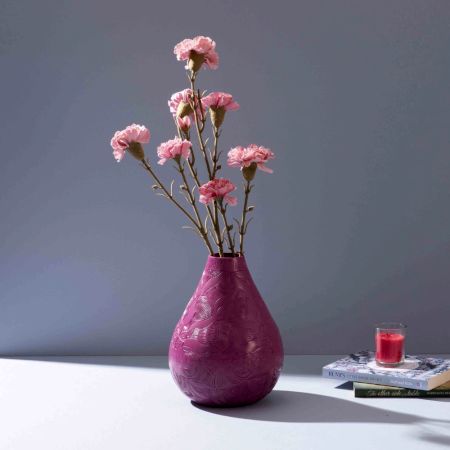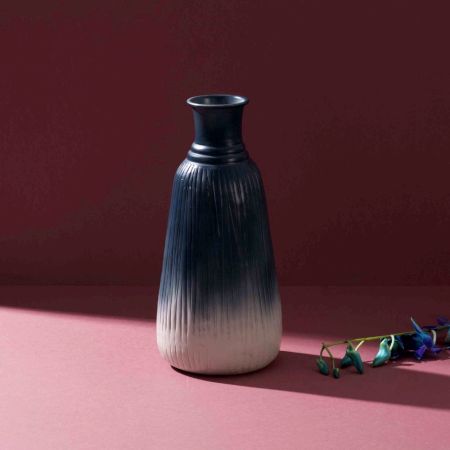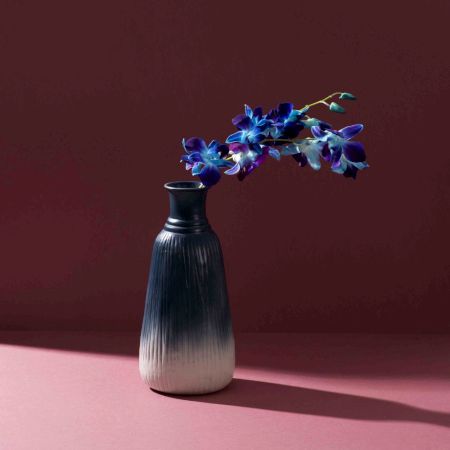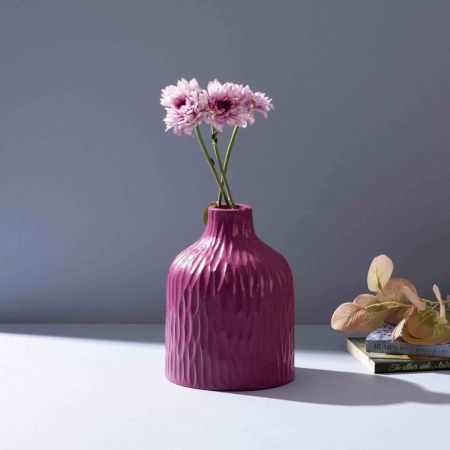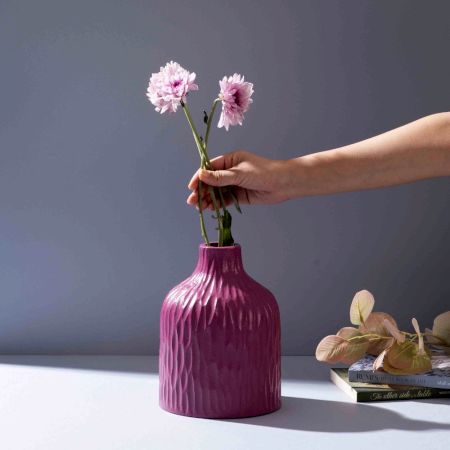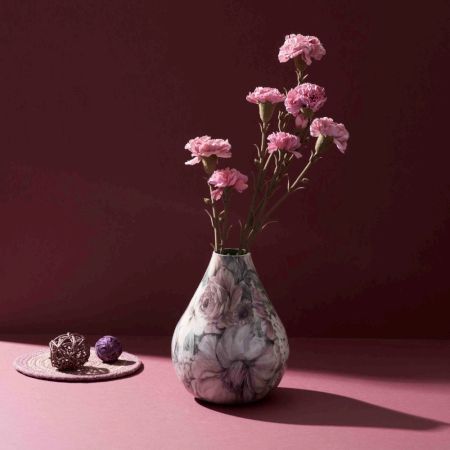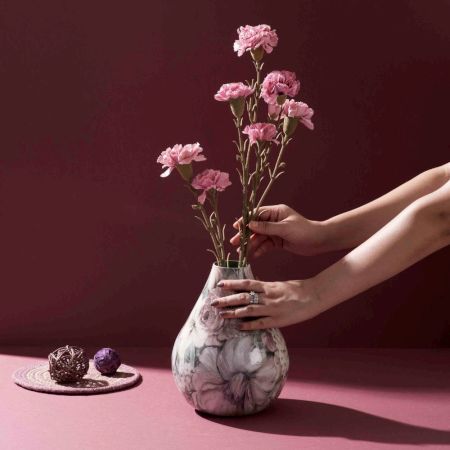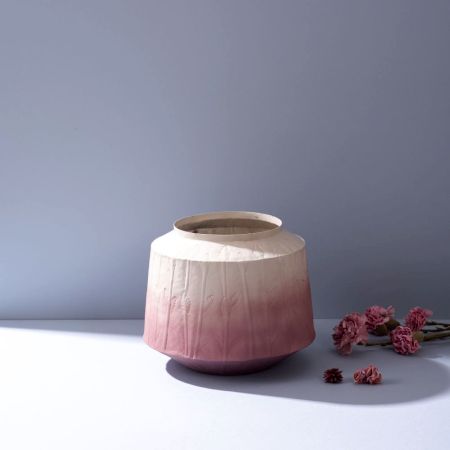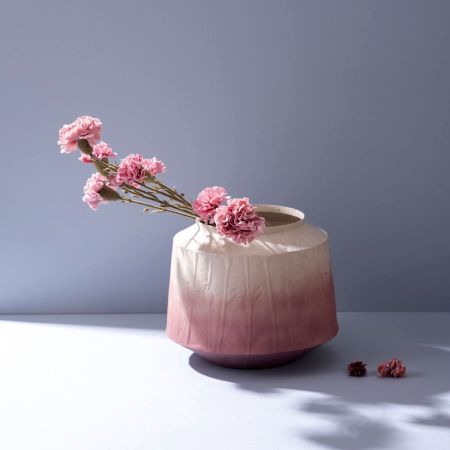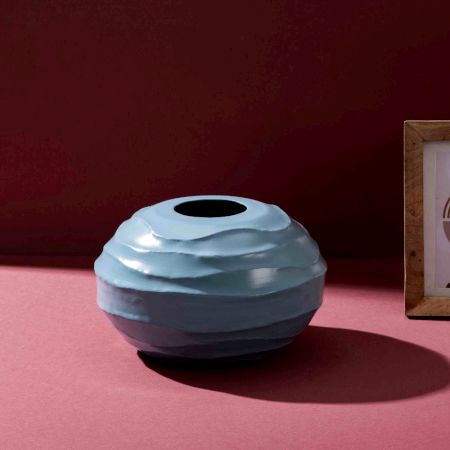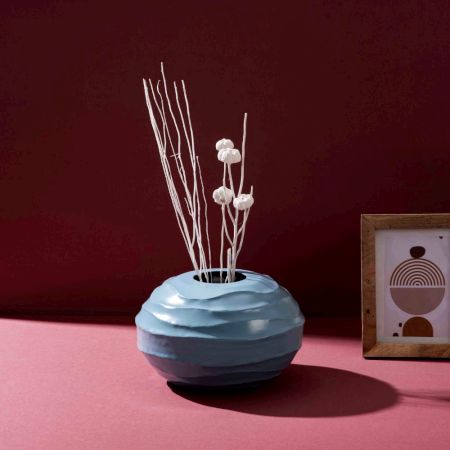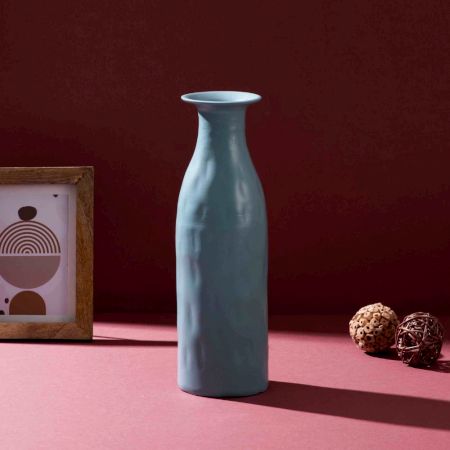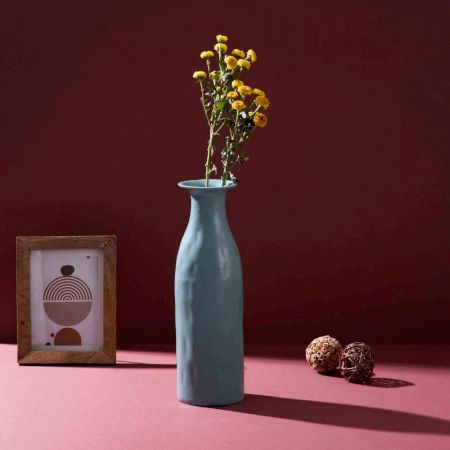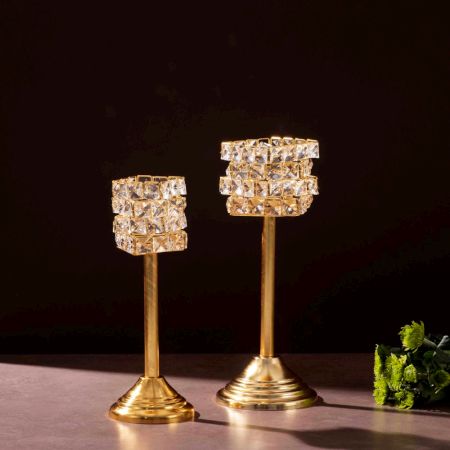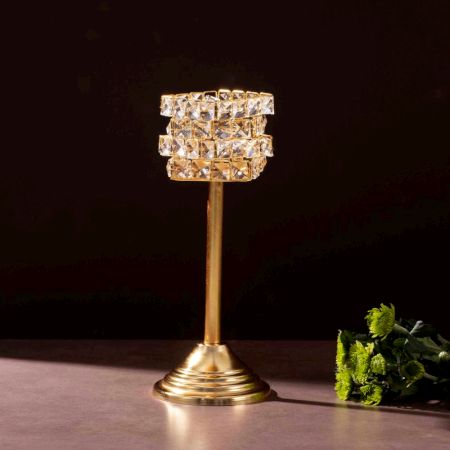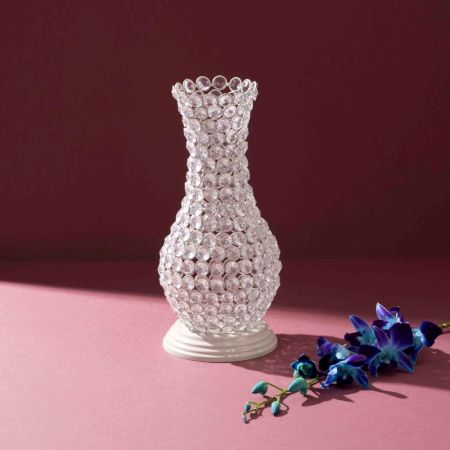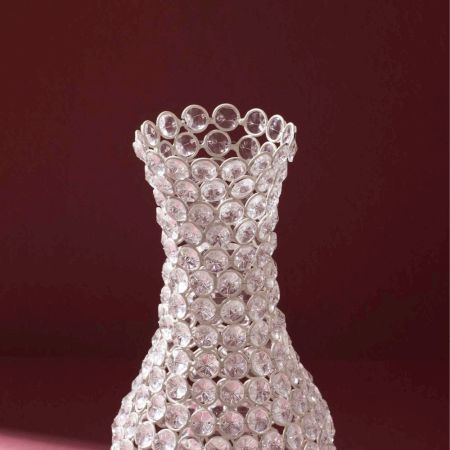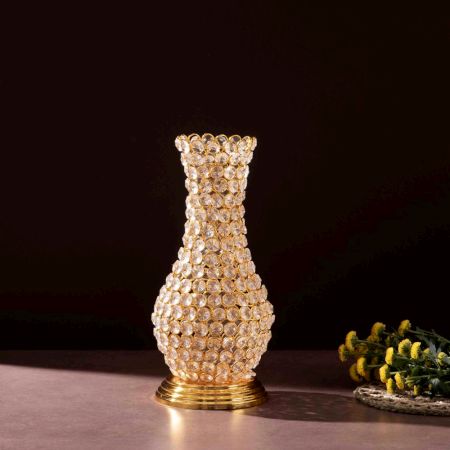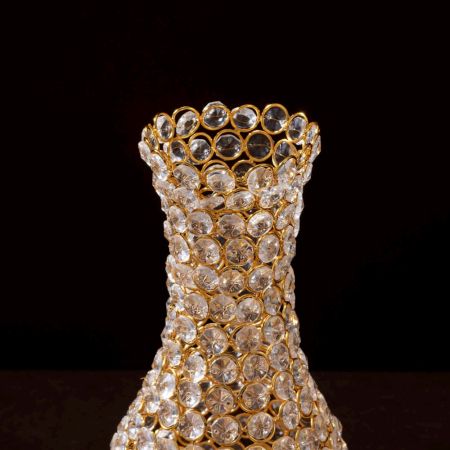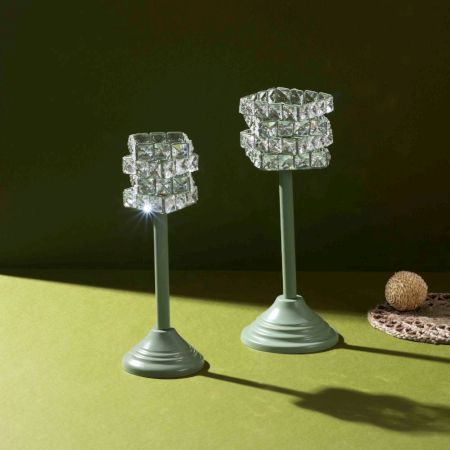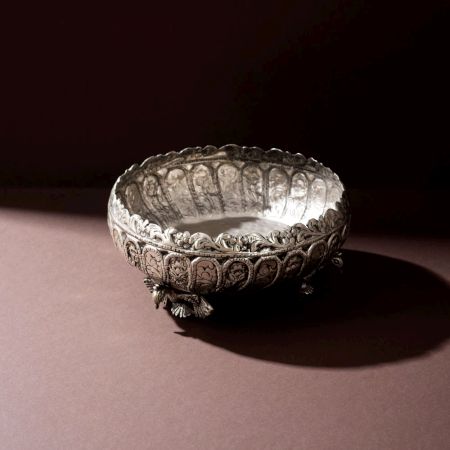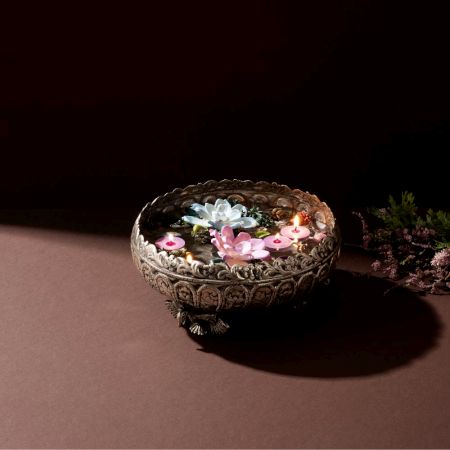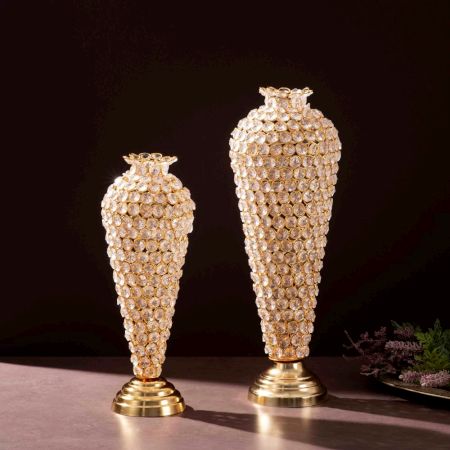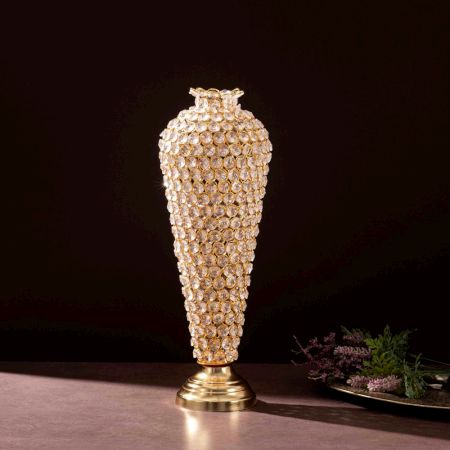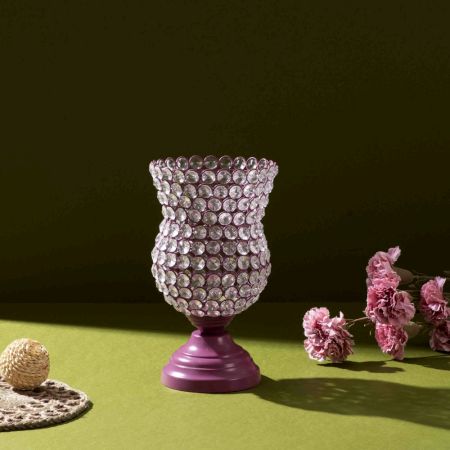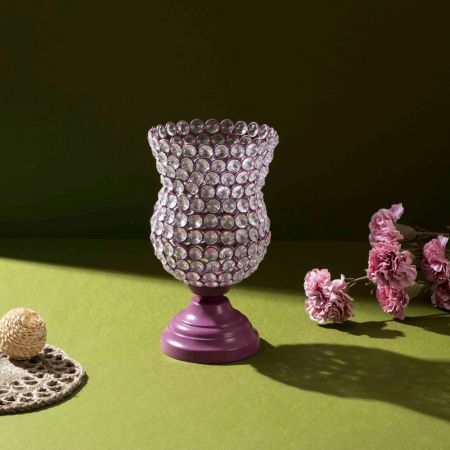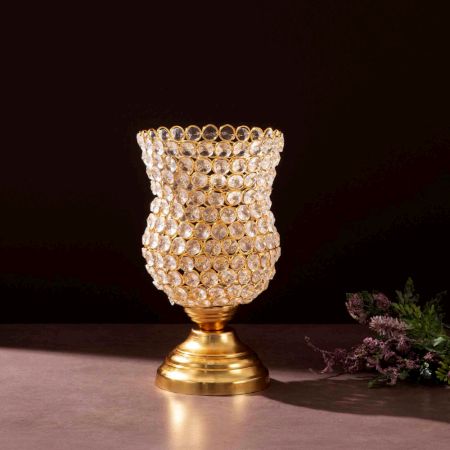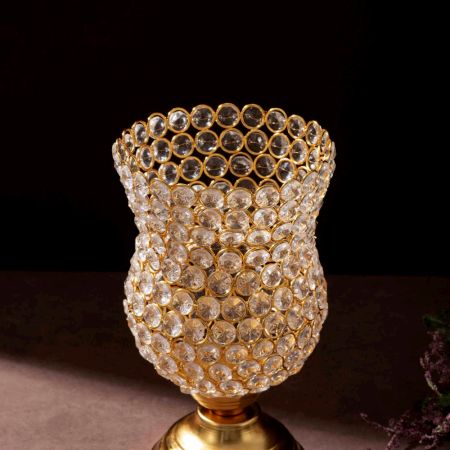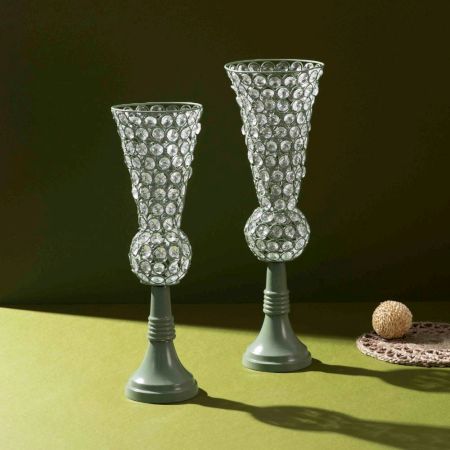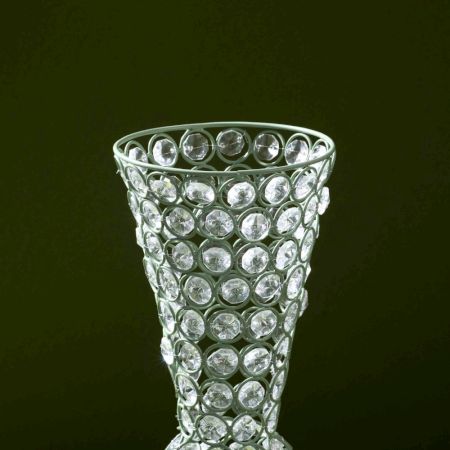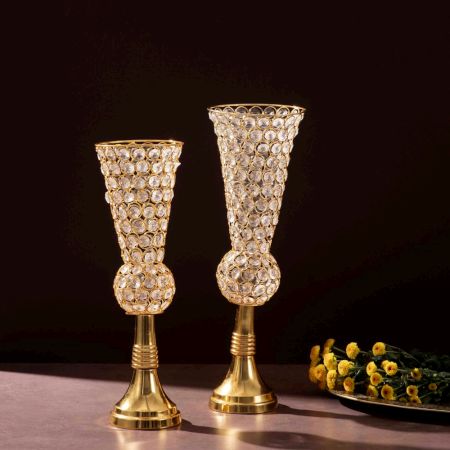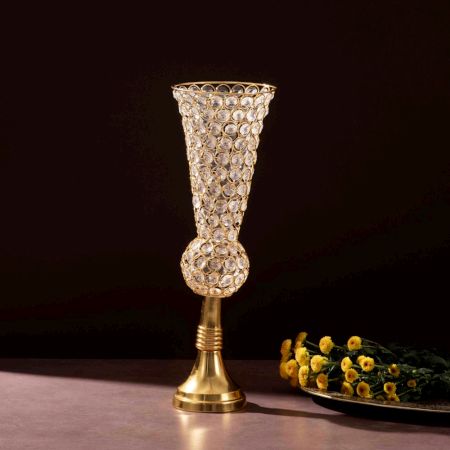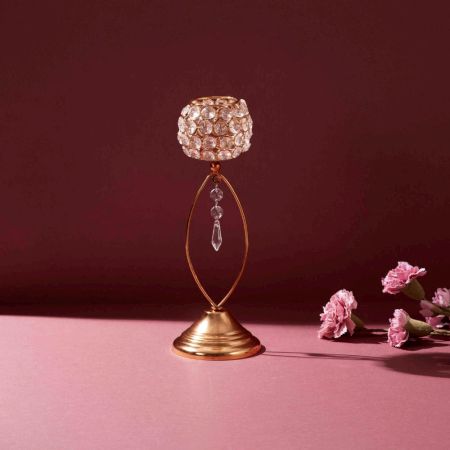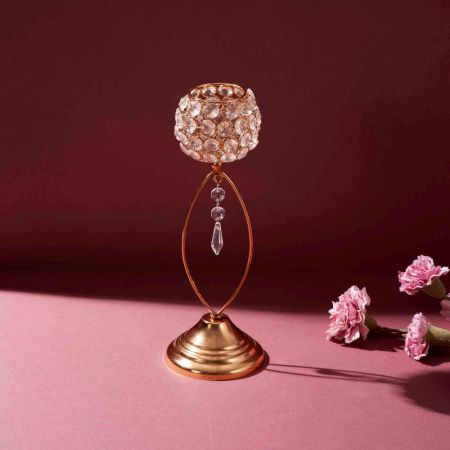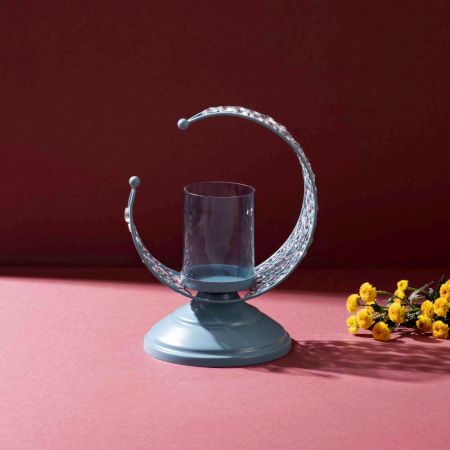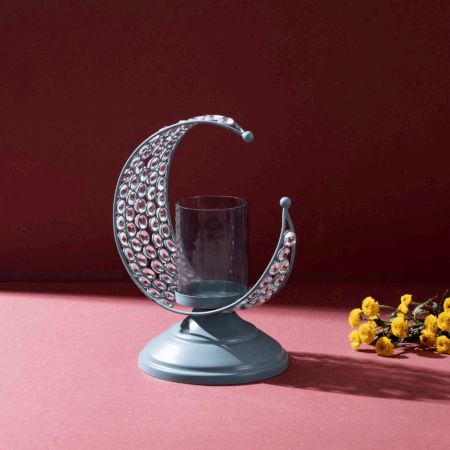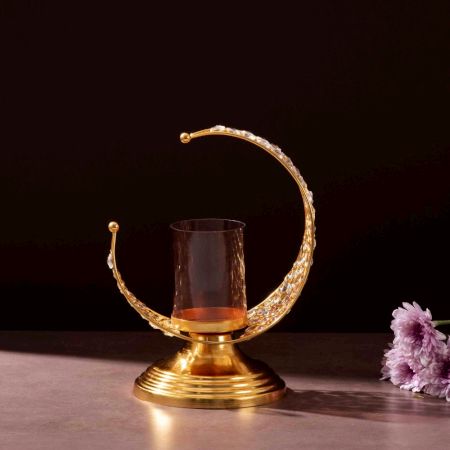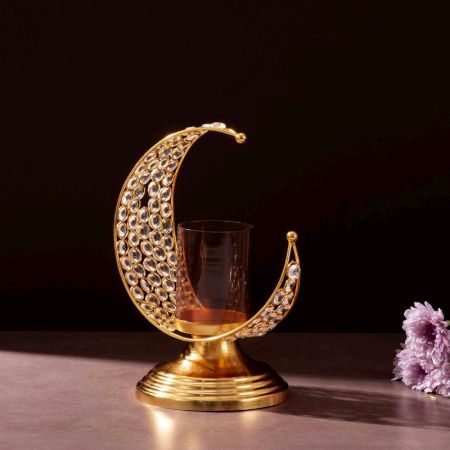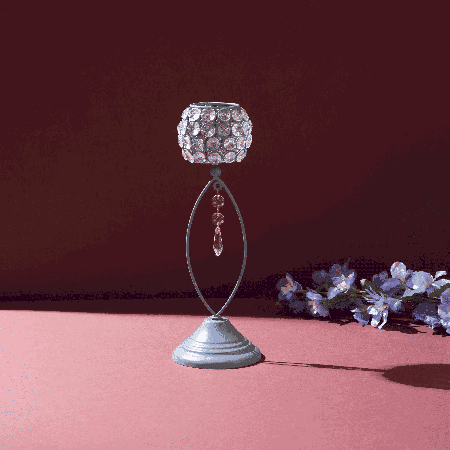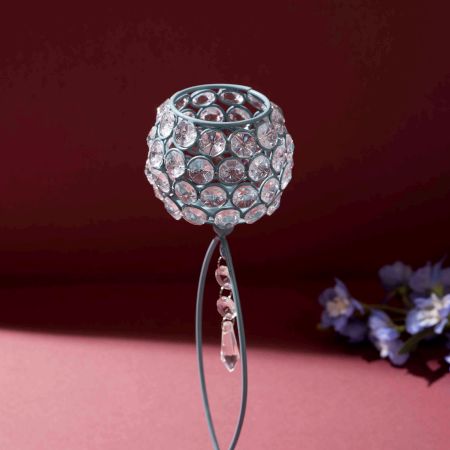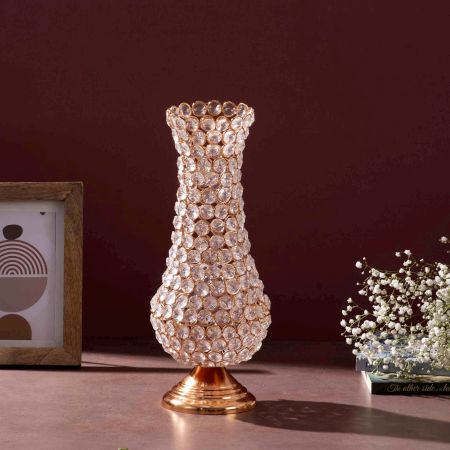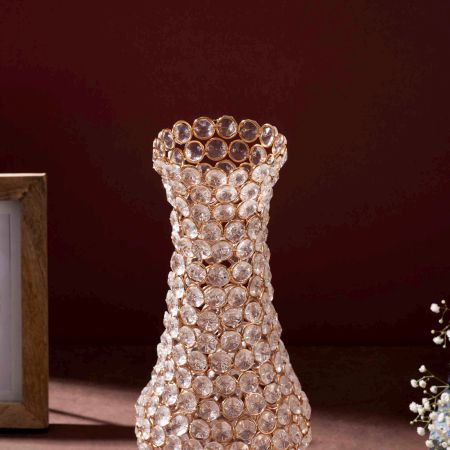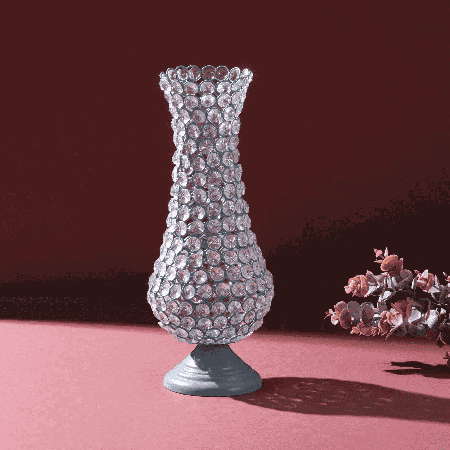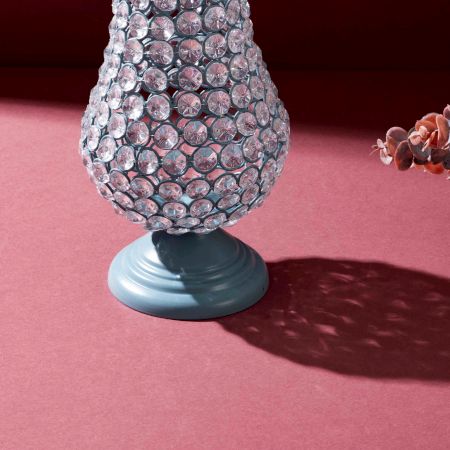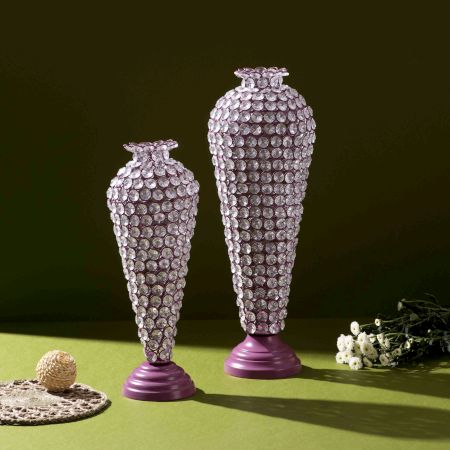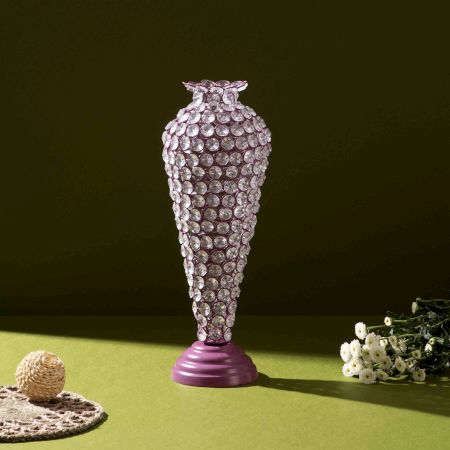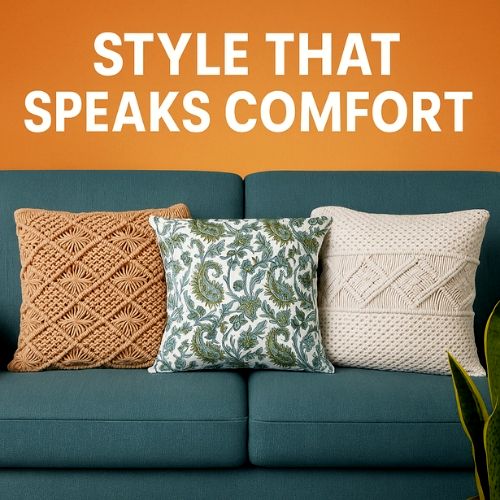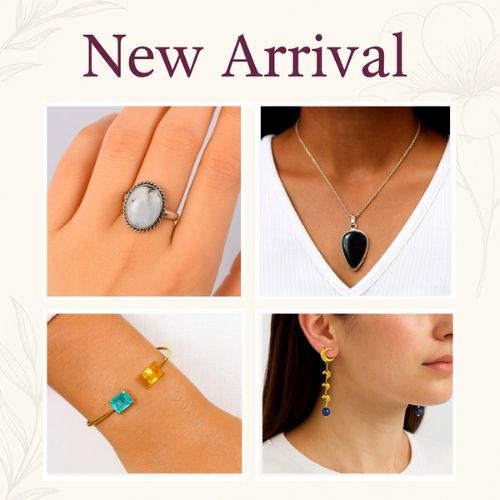General Understanding of Decorative Pieces
Decorative pieces hold more than visual appeal, they are memory keepers, cultural echoes, and markers of personal identity. In home styling, they balance function with beauty, layering history and emotion into living spaces. From brass urlis filled with flowers in Indian households to sleek Scandinavian vases in modern apartments, every piece narrates taste, heritage, and mood. Their presence transforms plain walls into stories, tables into conversations, and corners into statements. Decorative pieces are not simply ornaments. They are subtle anchors of personality. They invite the eye, soften the atmosphere, and remind us that homes are meant to feel alive.
What Are Decorative Pieces In Home Styling?
Decorative pieces in home styling refer to objects intentionally chosen to enhance a space beyond function. These include sculptures, lamps, vases, mirrors, wall art, or small handcrafted items. They provide character, guiding the room’s identity and rhythm. A metal lamp, for instance, does not just light up. It frames nostalgia or adds grandeur. A ceramic planter injects freshness, linking indoor living with nature. Unlike essential furniture, decorative pieces are curated accents that layer warmth, cultural memory, and individuality. Their purpose is not utility but experience, transforming interiors into meaningful reflections of the people who inhabit them.
What Emotions Or Themes Do Decorative Pieces Commonly Evoke?
Decorative pieces evoke emotion before logic. A carved wooden Ganesha might bring calmness. A Venetian mirror signals elegance. A set of Bastar tribal figures resonates with heritage. Emotions they carry often align with:
- Comfort: Textiles, cushions, pottery
- Luxury: Brass, silver, crystal
- Nostalgia: Handcrafted, heirloom items
Themes also vary such as nature, spirituality, geometry, or modern minimalism. In many cultures, diyas, lamps, or wall hangings are tied to rituals and seasonal celebrations. Decorative pieces become mood setters, turning interiors into spaces that soothe, energize, or inspire, depending on how they are placed and perceived.
Why Do Decorative Pieces Play A Key Role In Modern Interiors?
In modern interiors, decorative pieces perform three key roles. Definition, balance, and storytelling. They define the mood of minimalist spaces, bringing warmth where plain walls feel stark. They balance function heavy designs with soft details. A rug under a sleek table or textured pottery near industrial furniture. Finally, they tell stories, whether through cultural heritage or contemporary artistry. As homes increasingly blend global trends with local identities, decorative pieces help personalize. They carry emotional depth, making spaces unique. Without them, interiors risk feeling cold or incomplete. With them, they gain intimacy, beauty, and a sense of belonging.
Techniques, Materials & Craftsmanship
Decorative pieces are shaped by craft traditions that outlast fashion. Skilled hands mold clay, carve wood, cast brass, or blow glass. Each technique carrying centuries of refinement. Craftsmanship is not only about technique but intent. An artisan deciding how a lamp should scatter light or how a pattern should echo symbolism. Materials are chosen for durability, elegance, and story. Finishes polished, matte, antique, distressed decide how a piece breathes in its setting. Details like engraving, inlay, or texture define uniqueness. The artistry in decorative pieces ensures they do not just fill space. They elevate it with soul and craft.
How Are Decorative Pieces Traditionally Crafted?
Traditional crafting of decorative pieces involves time honored techniques passed through generations. Brass is cast using sand molds, ensuring each diya or urli has a unique imprint. Wood is hand carved, often following motifs from myth, flora, or geometry. Ceramics are shaped on wheels, glazed, and fired to achieve strength and sheen. Glass pieces are blown or etched, capturing both fragility and brilliance. These methods demand patience, precision, and cultural knowledge. For example, Bastar artisans use lost wax casting, a 4000 year old practice, to shape figures. Such traditions preserve identity while allowing decorative pieces to embody both heritage and artistry.
What Materials Are Commonly Used (Metal, Wood, Ceramic, Glass)?
Decorative pieces rely on materials that bring different personalities to interiors:
- Metal: Brass, copper, bronze used for lamps, knockers, figurines. Durable, elegant
- Wood: Teak, mango, rosewood carved panels, furniture accents. Warm, timeless
- Ceramic: Planters, vases, bowls. Adds freshness, color, and craft
- Glass: Mirrors, chandeliers, blown art. Reflects light, expands space
Material choice defines not only look but longevity. A brass lamp carries ritual depth. A ceramic bowl adds natural softness. Combining them allows balance. Strength and delicacy, tradition and modernity, creating layered interiors.
How Do Finishes, Textures, And Details Enhance Their Aesthetic Value?
Finishes and textures are what make decorative pieces feel alive. A polished brass lamp gleams with festivity, while an antique finish adds gravitas. Distressed wood tells of age and resilience. Textures smooth ceramic, rough stone, etched glass appeal to both sight and touch, creating sensory depth. Details like floral engravings, tribal motifs, or geometric lines are not decoration for decoration’s sake. They root a piece in story, culture, or intent. In practice, these elements help decorative pieces harmonize with interiors, adding character, contrast, and uniqueness. Without them, the object risks being just functional. With them, it becomes art.
Artistic Intent and Storytelling
Decorative pieces are never silent. They speak in forms, colors, and materials, conveying values, beliefs, and aesthetics. A hand painted wall plate may echo folk tales. A silver diya reflects devotion. A minimalist glass vase signals modern restraint. Their role is to layer narratives within interiors personal, cultural, or symbolic. They carry moods into daily life, influencing how spaces are felt rather than simply seen. Artistic intent is not only about beauty but about meaning. What the piece says about its maker, its owner, and the culture it belongs to.
What Stories Or Messages Can Decorative Pieces Convey?
Decorative pieces carry layered messages. A lotus shaped urli speaks of purity. A tribal mask conveys protection. A Venetian mirror symbolizes opulence and reflection. Their stories can be personal. Heirlooms passed through families. Or collective, rooted in traditions like Diwali lamps or Chinese porcelain. Stories they tell include:
- Cultural: Local myths, rituals, heritage
- Emotional: Love, memory, comfort
- Symbolic: Prosperity, harmony, protection
These messages enrich interiors with narrative depth. Decorative pieces remind us that a home is not just a built structure but a lived canvas of values, emotions, and cultural ties.
How Do Colors, Shapes, And Patterns Influence Mood And Atmosphere?
Colors, shapes, and patterns directly shape how we feel in a room. Bright hues reds, golds energize and uplift. Soft shades whites, blues calm and soothe. Shapes influence perception. Round forms promote harmony, angular edges suggest modern boldness. Patterns add rhythm. Floral motifs feel organic, geometric ones feel structured. Cultural variations are evident. Indian homes often favor intricate mandala or paisley designs, while Scandinavian interiors lean toward clean, minimal patterns. Together, these choices influence atmosphere. They do not just fill walls or tables but set emotional tones, making interiors vibrant, serene, or balanced, depending on intent.
Purchase, Collection & Investment
Decorative pieces are not only additions to a home; they are choices that reflect taste, heritage, and personality. The act of purchasing is often layered, from discovering unique items in local craft fairs to exploring global designs in curated online marketplaces. Collections grow not just through impulse but through thoughtful selection, where every piece aligns with mood, tradition, or story. As investments, they carry emotional and sometimes financial value. A hand crafted brass lamp, a limited ceramic set, or a tribal mask becomes more than an object. It becomes a legacy that endures across generations.
Where Can You Find Unique Decorative Pieces For Homes?
Unique decorative pieces can be found in three primary places:
- Local Craft Bazaars: Handcrafted works from regional artisans, deeply rooted in tradition.
- Boutique Stores: Curated selections blending heritage with contemporary appeal.
- Online Marketplaces: Global access to rare or limited edition decor.
India, for example, has weekly haats and exhibitions where artisans bring brass, wood, or terracotta pieces. International fairs showcase glass and ceramic trends. Antique shops offer one of a kind finds that carry history. For modern buyers, platforms dedicated to handmade art provide verified quality while maintaining accessibility. The key lies in exploration. Travel, cultural fairs, and even small workshops often hide treasures waiting to be discovered. A unique piece is rarely mass produced. It is about context, craft, and the story it carries into your home.
How Can You Identify Quality And Authenticity Before Buying?
Authenticity is rooted in material, technique, and provenance. A quality brass lamp feels heavy, not hollow. Hand carved wood bears minor irregularities that reveal the artisan’s touch. Ceramic or glass items often display subtle glazing differences. To identify genuine pieces:
- Check Craft Marks: Inscriptions, stamps, or regional styles.
- Observe Details: Hand engraving or patterns rarely repeat perfectly.
- Verify Source: Buy from reputed sellers or artisan collectives.
Cultural knowledge helps too. For example, Bastar’s lost wax metalwork follows a distinct form, while Jaipur blue pottery carries recognizable motifs. Certificates of authenticity, where available, further protect investment. Buying authentic decor is about trust, trained observation, and willingness to value craft over price.
What Makes A Decorative Piece A Timeless Investment?
A decorative piece becomes timeless when it balances craftsmanship, cultural meaning, and durability. Brass urlis, Venetian mirrors, or tribal figurines remain relevant because they transcend fleeting trends. They carry stories, link generations, and retain value over time. Timelessness also lies in versatility, a mirror that suits both traditional and modern spaces, or a ceramic vase that shifts from casual to formal settings. Emotional continuity adds weight. Heirlooms, even modest ones, often outlast expensive purchases because they are rooted in memory. A timeless piece resists obsolescence. It grows with spaces, adapts to styles, and holds both artistic and financial worth.
Care, Display & Preservation
Decorative pieces demand more than purchase. They require care, context, and thoughtful preservation. Dust dulls detail, poor placement hides beauty, and neglect can strip character. Proper maintenance ensures brass retains its shine, wood its warmth, and glass its brilliance. Display is equally essential. A carved wall panel loses impact if hidden in shadow, while a lamp transforms when lit against textured walls. Restoration, when carefully done, can revive aging decor without erasing its soul. The relationship with decorative pieces does not end with buying. It continues with tending, preserving, and re staging their stories over time.
How Do You Properly Clean And Maintain Decorative Pieces?
Cleaning and maintenance differ by material. Brass requires lemon and mild polish to prevent tarnish. Wood thrives with gentle dusting and occasional oiling to preserve texture. Ceramics and glass demand soft cloths, avoiding abrasive agents. Textiles benefit from careful airing and dry cleaning. General rules include:
- Avoid Harsh Chemicals: They strip natural finish.
- Store Safely: Wrap fragile items when not displayed.
- Routine Care: Small, consistent efforts prevent long term damage.
For heirloom or antique items, professional cleaning is safer. Maintenance not only keeps pieces visually appealing but also preserves cultural integrity. Each polish, wipe, or wash is a small act of respect toward craft and heritage.
What Display Methods Best Highlight Their Beauty?
The way you display decor decides its impact. Placement, lighting, and context matter as much as the piece itself. A brass diya glows best on an entry console with soft backlighting. A Venetian mirror elevates when placed opposite natural light, amplifying space. Sculptures look dramatic against plain walls or atop pedestals. Key considerations include height, surrounding textures, and breathing space. Overcrowding diminishes impact, while thoughtful placement creates balance. Display should allow the piece to breathe and command attention. When done right, even a modest artifact becomes the focal point of a room, blending seamlessly into both function and style.
Can Restoration Preserve Both Character And Original Appeal?
Restoration, when approached with sensitivity, preserves both beauty and soul. Skilled restorers understand the importance of retaining patina, engravings, and age marks. A brass lamp cleaned to mirror shine may lose its historic character, while a careful polish enhances usability without erasing identity. Similarly, restoring cracked ceramics requires methods that repair without replacing original glaze. Preservation is not about making old pieces look new. It is about extending their life without diluting their story. When done thoughtfully, restoration allows decorative pieces to continue evolving, maintaining authenticity while remaining relevant for future generations.
Styling & Mood Setting in Interiors
Decorative pieces are mood makers. They do more than fill space, they create atmosphere, guide attention, and add texture. Styling is about balance, a single striking sculpture in a minimalist room, or layered pottery across rustic shelves. Mood setting depends on interplay of light, placement, and cultural symbolism. A diya brings warmth to festive evenings, while a glass chandelier lends elegance to formal gatherings. Beyond beauty, decor anchors memory and ritual into interiors. Every chosen piece carries not only style but energy, shaping how a space feels and how people connect within it.
How Do Decorative Pieces Transform A Room’s Ambience?
Decorative pieces change the emotional temperature of a room. A brightly painted ceramic vase infuses cheer. A muted wooden sculpture instills calm. Transformation works through sensory layering, sight, texture, and association. In Indian homes, urlis with floating flowers and diyas create hospitality and ritual warmth. In modern offices, sleek glass objects offer focus and refinement. Ambience emerges not only from the piece itself but from how it interacts with space. Positioning, lighting, and scale influence perception. Transformation is immediate yet lasting, making decorative pieces essential for curating rooms that feel personal, inviting, and alive.
Which Interior Styles Pair Best With Different Types Of Decor?
Pairing decor with interior styles creates harmony. Some combinations naturally elevate:
- Traditional Interiors: Brass lamps, carved wood, ethnic textiles.
- Minimalist Spaces: Monochrome ceramics, abstract art, clean glass.
- Rustic Settings: Stone sculptures, terracotta, distressed wood.
- Contemporary Homes: Mirrors, metallic accents, sleek lighting.
Cultural context deepens styling. Rajasthani wall hangings suit bohemian interiors, while Scandinavian designs pair with geometric glassware. Matching is not about rigidity but resonance. A well paired piece feels like it belongs, amplifying both the interior style and its own significance.
How Do You Choose The Right Piece For Living Rooms, Bedrooms, Or Workspaces?
Choosing the right decorative piece depends on purpose, scale, and emotion. In living rooms, focal objects like mirrors, large vases, or lamps set tone for gatherings. Bedrooms thrive on intimacy, so softer items such as textiles, bedside sculptures, or framed art work best. Workspaces require clarity. Functional yet inspiring pieces like minimalist desk lamps or symbolic figurines enhance focus.
Guidelines help:
- Living Room: Statement and conversation starters.
- Bedroom: Calm, comfort, personal connection.
- Workspace: Function with inspiration.
Each choice is contextual. Rooms are not just physical zones but emotional territories. The right piece aligns intent with aesthetic, shaping daily experience.
Cultural Impact & Legacy
Decorative pieces are more than surface charm. They carry memory, tradition, and a continuity of aesthetic language across generations. A brass lamp in Kerala or a blue pottery vase in Rajasthan does not merely fill space, it whispers stories of craft legacies, regional identity, and symbolism deeply tied to community life. These objects mark transitions, rituals, and ways of living. When we place them in our homes today, they don’t just serve design needs, they act as cultural bridges. They connect modern interiors with age-old practices, enriching style with inherited meaning and timeless depth.
What Is The Cultural Significance Of Decorative Pieces Across Traditions?
Decorative pieces reflect collective identity. They embody regional artistry, religious beliefs, and everyday values. For example, a Japanese bonsai planter symbolizes patience and discipline, while an Indian urli filled with flowers signifies abundance and welcome. Across traditions, such objects have served roles beyond beauty. They sanctify rituals, elevate festivals, and lend sacredness to common spaces. Their cultural significance lies in layering homes with shared memory. They remind us of heritage while adapting to modern aesthetics. For today’s interiors, using these pieces means more than styling. It is a conscious act of embracing cultural storytelling, keeping alive traditions through tangible artistry.
How Do Different Regions And Crafts Contribute To Decorative Arts?
Regional crafts define diversity in decorative arts. Rajasthan gives us blue pottery and block-printed fabrics. Kerala offers brass lamps and wood carvings. Japan refines minimalism through ceramics and bamboo. Africa infuses geometric motifs in masks and woven baskets. Each craft stems from geography, material availability, and local beliefs. Collectively, they form a visual atlas of cultural expression. For the buyer, it means every decorative piece carries a place’s history, climate, and worldview. Choosing region-specific decor isn’t just an aesthetic choice but a way to travel through traditions. Homes become global yet deeply connected to local roots.
Which Design Movements Have Shaped The Evolution Of Home Decor?
Design movements shift how we perceive decorative pieces. The Arts and Crafts movement valued handmade authenticity. Art Deco emphasized geometry, luxury, and bold patterns. Modernism stripped decor to minimal lines, focusing on function. Postmodernism celebrated playfulness and diversity. Today’s interiors merge all, handcrafted pieces with minimalist layouts, traditional forms in contemporary palettes. Each movement added a layer of dialogue between beauty and purpose. Understanding these histories helps us curate homes with intention. Decorative arts are not isolated. They evolve with cultural thought, economy, and emotion. Every piece we select is shaped by centuries of evolving aesthetic philosophies.
Decorative Pieces Vs Other Home Elements
Decorative pieces serve as mood-setters, unlike functional furnishings that focus on utility. While furniture offers structure, decorative accents bring rhythm and softness to space. A chair may serve comfort, but a carved side table adds personality. Handmade decor, in particular, separates itself from mass production through soul and irregularity. Every small accent and statement object carries its unique role, helping balance scale and attention within interiors. Together, these pieces form a layered aesthetic. The difference lies not in necessity but in narrative, decor items exist to infuse living spaces with story, texture, and individuality.
How Do Decorative Pieces Differ From Functional Furnishings?
Furnishings prioritize comfort and function. A sofa provides seating, a bed ensures rest, a table supports daily needs. Decorative pieces, however, create atmosphere. A wall mirror enhances light. A ceramic planter adds freshness. A sculpture introduces narrative. Unlike furnishings, their role is not foundational but emotional. They transform utility into experience. The difference lies in intent. Furnishings meet physical requirements. Decorative items satisfy sensory and cultural ones. Homes need both, but while furniture grounds space, decorative accents define its character. Without them, interiors feel incomplete. With them, everyday living gains warmth, rhythm, and emotional resonance.
What Sets Handmade Decor Apart From Mass-Produced Items?
Handmade decor carries human touch. Each curve, imperfection, or brushstroke signals individuality. In contrast, mass-produced items are uniform, designed for scale, not story. The difference is palpable. Handmade crafts often use traditional methods, sustainable materials, and local artistry, anchoring them in cultural continuity. Buyers often feel a stronger emotional connection, knowing their piece is unique, not replicated thousands of times. Such pieces also retain higher value, both cultural and sentimental. Choosing handmade decor becomes more than a design preference. It is a conscious support of artisanship, heritage, and individuality. In homes, it translates to timeless character.
How Do Small Accents Compare With Statement Pieces In Styling?
Small accents are whispers. They fill corners, add rhythm, and tie elements together. Coasters, candles, or planters provide continuity across a room. Statement pieces, however, are anchors. A chandelier, a large artwork, or a bold sculpture demands attention, guiding the eye. Both have different roles, yet they complement one another. Styling a space without small accents feels incomplete, while relying only on accents lacks drama. The key is balance. Use statement decor as focal points, supported by smaller details to create harmony. This layering allows interiors to breathe with depth and flow, avoiding clutter or emptiness.
Emotional & Symbolic Value
Decorative pieces often live beyond aesthetics. They become gifts, heirlooms, and emotional anchors within families. A handcrafted jewelry box passed down generations, or a gifted lamp for a wedding, gathers layers of memory. They symbolize transitions, blessings, or intimate stories. Unlike utilitarian objects, their worth grows with time. This is why people often attach sentiment to decor, it becomes an extension of personal history. Every piece adds emotional architecture to homes. Beyond style, these objects build continuity of feeling. They keep memories alive, binding people to their spaces in ways that transcend design or fashion.
Can Decorative Pieces Serve As Meaningful Gifts?
Yes. Decorative pieces embody thoughtfulness. Unlike generic presents, they carry cultural value, function, and beauty together. A hand-painted vase, a brass diya, or a framed artwork does not fade quickly like consumables. They remain in homes for years, serving as daily reminders of the giver. Such gifts are adaptable, fitting birthdays, weddings, housewarmings, or festivals. The meaning lies in longevity and emotional touch. A decorative gift also aligns with rituals of many cultures, where objects symbolize good fortune, prosperity, or memory. The takeaway is simple. Gifting decor isn’t just style. It’s about offering a piece of story that endures.
What Sentimental Value Do Heirloom Or Handcrafted Pieces Hold?
Heirloom or handcrafted decor carries continuity. A wooden trunk from grandparents or a handwoven rug from artisans is more than material, it is memory preserved. Such items link families across time, reminding each generation of their roots. The sentimental value often surpasses market value. Their imperfections and aged textures make them unique, authentic, and irreplaceable. In homes, they become emotional anchors. These pieces stand as silent witnesses to celebrations, struggles, and everyday life. People preserve them not out of necessity but affection. They embody lived history, grounding individuals in belonging. Their legacy transforms houses into homes rich with story.
Why Do People Build Emotional Connections With Their Home Decor?
Homes reflect personal identity. Every decorative piece chosen is an extension of self, whether cultural, aspirational, or emotional. People build bonds because these items mirror values and memories. A travel souvenir recalls journeys. A handcrafted bowl recalls the artisan’s touch. A wall hanging reminds of festivals or family traditions. Emotional connection emerges because decor goes beyond function. It transforms ordinary interiors into personalized sanctuaries. This bond deepens with time, as each piece becomes layered with experience. Ultimately, people connect to decor because it grounds them in identity, memory, and comfort, making their living spaces truly their own.
Frequently Asked Questions (FAQs)
What Defines An Item As A Decorative Piece?
A decorative piece is defined by its ability to go beyond function and add visual or emotional character to a space. It may be as subtle as a brass urli placed in an entryway or as striking as a Venetian mirror that draws the eye in a living room. What matters is not utility but the aura it creates. Decorative pieces act as cultural signifiers, reflecting tradition, memory, or artistry. They can also become focal points that anchor a room’s personality. From handcrafted artifacts to minimalist sculptures, each piece tells a story that transforms a house into a home.
Can Traditional Designs Be Adapted To Modern Interiors?
Yes, traditional designs adapt beautifully when placed thoughtfully in modern interiors. A carved wooden chest can double as a coffee table in a sleek apartment. Brass diyas or ceramic planters can contrast well with glass and steel. This balance is about layering—keeping the space functional while allowing heritage objects to spark conversation. Modern interiors often risk looking impersonal. Traditional designs add warmth, memory, and texture. The secret lies in moderation. A single antique frame or Bastar art piece can stand out against neutral walls. This merging of past and present creates an interior that feels timeless rather than trendy.
How Do You Protect Delicate Decor From Dust And Damage?
Delicate decor needs both care and awareness of its material. For wooden items, regular polishing prevents cracks. For brass and copper, mild cleaning with natural solutions keeps their shine intact. Ceramic or glass should be dusted with microfiber cloths to avoid scratches. Placement also matters. Avoid keeping fragile pieces in direct sunlight or near heavy-traffic areas where they may get knocked. Storage boxes with soft lining work well for seasonal items. Using glass covers for small idols or figurines adds both protection and elegance. Consistency in care builds longevity, letting your decor retain both function and beauty over generations.
Are Handcrafted Pieces Better Than Machine-Made Decor?
Handcrafted pieces hold a distinct cultural and artistic value. Every curve of a carved handle, every uneven edge of a pottery bowl speaks of human touch and imperfection as beauty. They carry stories of artisans, techniques passed down through generations, and symbolism rooted in tradition. Machine-made decor, while consistent and often more affordable, lacks this individuality. Handcrafted items connect emotionally because they are unique, not mass-produced. They also support local artisans and sustain crafts that risk fading away. Choosing handcrafted over machine-made is often less about comparison and more about prioritizing authenticity, sustainability, and cultural continuity in our homes.
Can Decorative Pieces Blend Into Minimal Or Contemporary Styles?
Yes, decorative pieces can blend seamlessly into minimal or contemporary styles if chosen with intent. For minimal homes, select pieces with clean lines and restrained palettes. A single ceramic planter or a matte-finished brass lamp can add character without overwhelming the calmness of the space. In contemporary settings, decor can act as contrast, a textured wall hanging against smooth surfaces or a statement sculpture in an open living area. The key is proportion and placement. Decorative pieces should enhance rather than dominate. This adaptability proves that decor is not bound by style labels but by the role it plays in storytelling.
